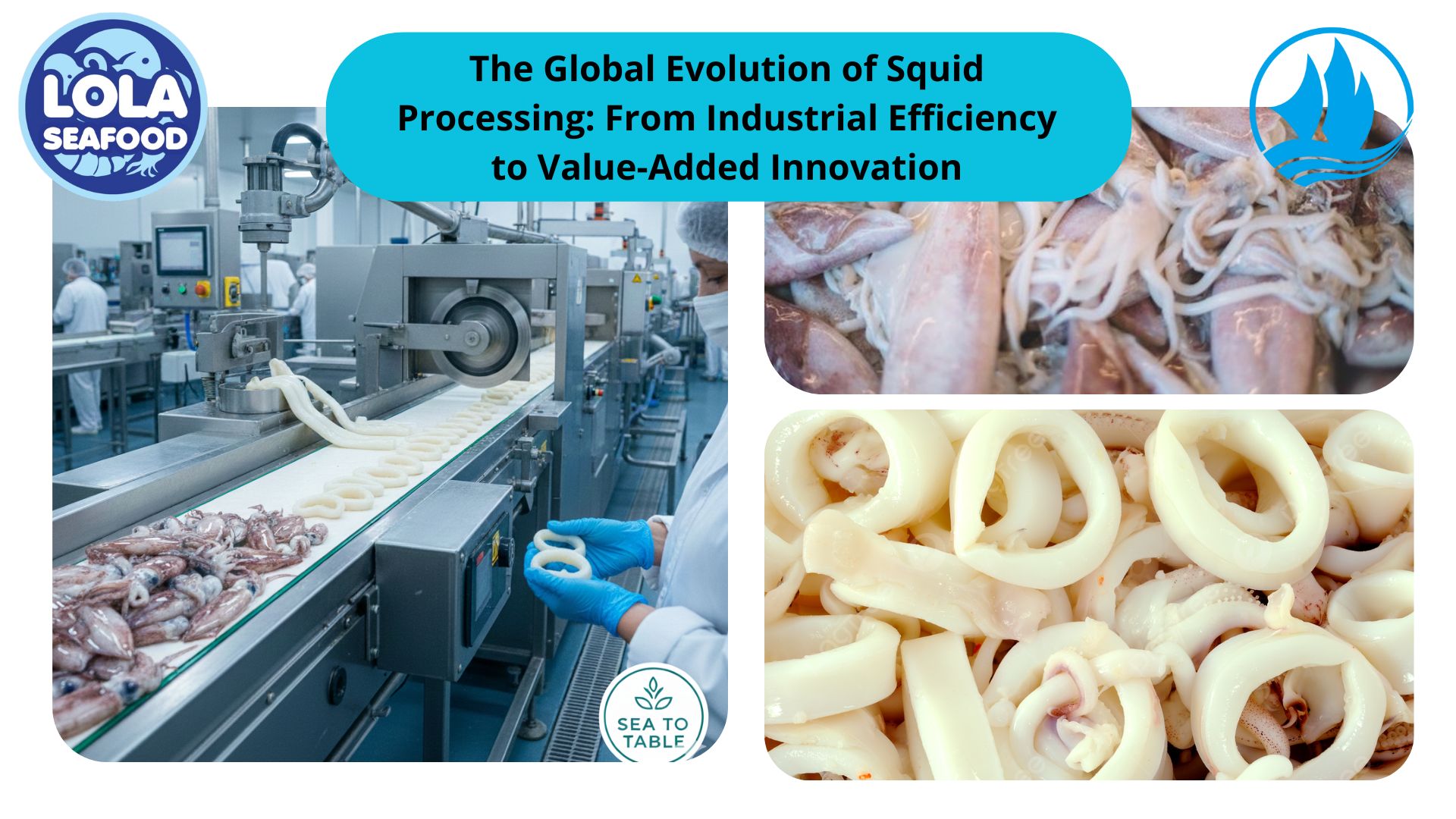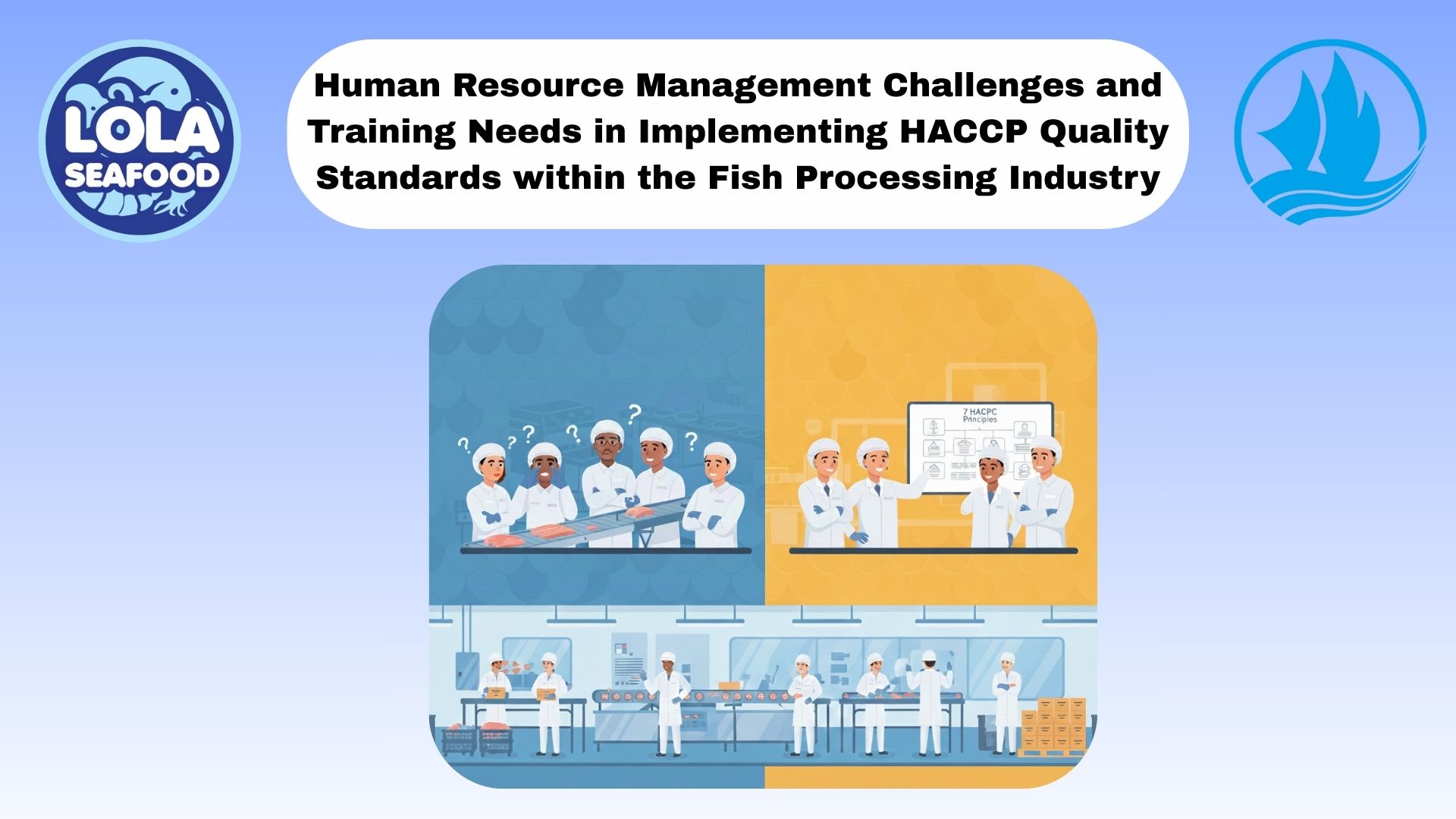DIFFERENT COOKING FISH
By. Najih - 05 Jul 2024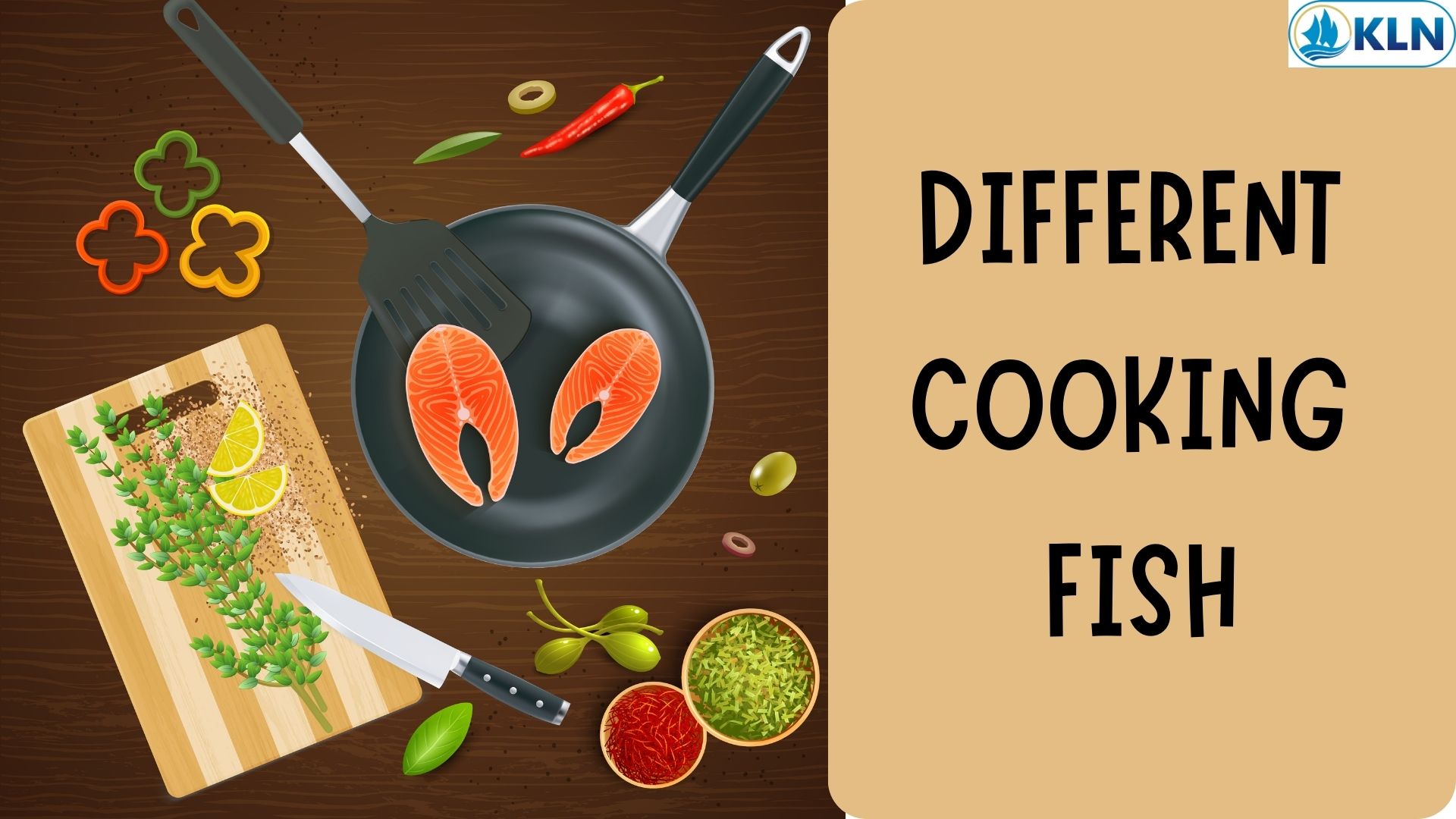
During cooking of fish, some chemical and physical reactions take place such as protein denaturation that increases its digestibility and improves the nutritional value. Meanwhile, the contents of thermolabile compounds, fat-soluble vitamins or polyunsaturated fatty acids are often reduced. Inadequate cooking is a common cause of food poisoning. Cross-contamination from raw to cooked foods, such as from hands, chopping boards or utensils, can also cause food poisoning. Most foods, especially meat, poultry, fish and eggs, should be cooked thoroughly to kill most types of food poisoning bacteria.
Different types of fish and their cooking temperature
Salmon
Salmon has very little collagen content and will quickly lose moisture and become tough and unpleasant. Many chefs prefer cooking salmon to 125ºF/52ºC for a moister, flakier piece of fish.
Halibut
Halibut is a firmer fish, and will stand up to a little more heat than salmon. It should be cooked to an internal temperature of between 130 and 135°F/ 54 and 57ºC, so the middle is just becoming opaque. The largest of the flatfish, halibut can be large in size and tricky to cook.
Lobster
Lobster should be cooked to 140ºF/60ºC for succulent, tender meat. Too much heat will make it rubbery and dry, while too little leads to an unpleasant texture and underdeveloped flavours. For the most accurate temperature measurement, take your reading from the lobster tail. Cooking with lobster can be daunting at first.
Scallops
Scallops should be cooked quickly on a high heat, to an internal temperature of 130ºF/54ºC. When cooked through, they should be milky white in appearance, or opaque and firm.
Shrimps
Shrimps will shrink and become tough when overcooked. Their ideal internal temperature is 120ºF/49ºC, just as the shrimps begin to turn a light pink colour. Cooking with shrimps doesn’t have to be complicated.
Tuna
Tuna loses moisture and flavour if cooked for too long, and is usually served rare or seared rare at 115ºF/46ºC. Raw tuna often contains a parasite, so if you’re serving your tuna raw, make sure you use sashimi grade tuna, which has been treated to kill parasites.

Optimizing Wild-Caught Fish Logistics: Maintaining Thermal Core Integrity During Long-Haul Transport
.jpg)
The Impact of HACCP-Based Integrated Quality Management Programs on the Quality and Competitiveness of Fresh Demersal Fish Products
 and Employee Productivity on the Demersal Fish Processing Floor.jpg)
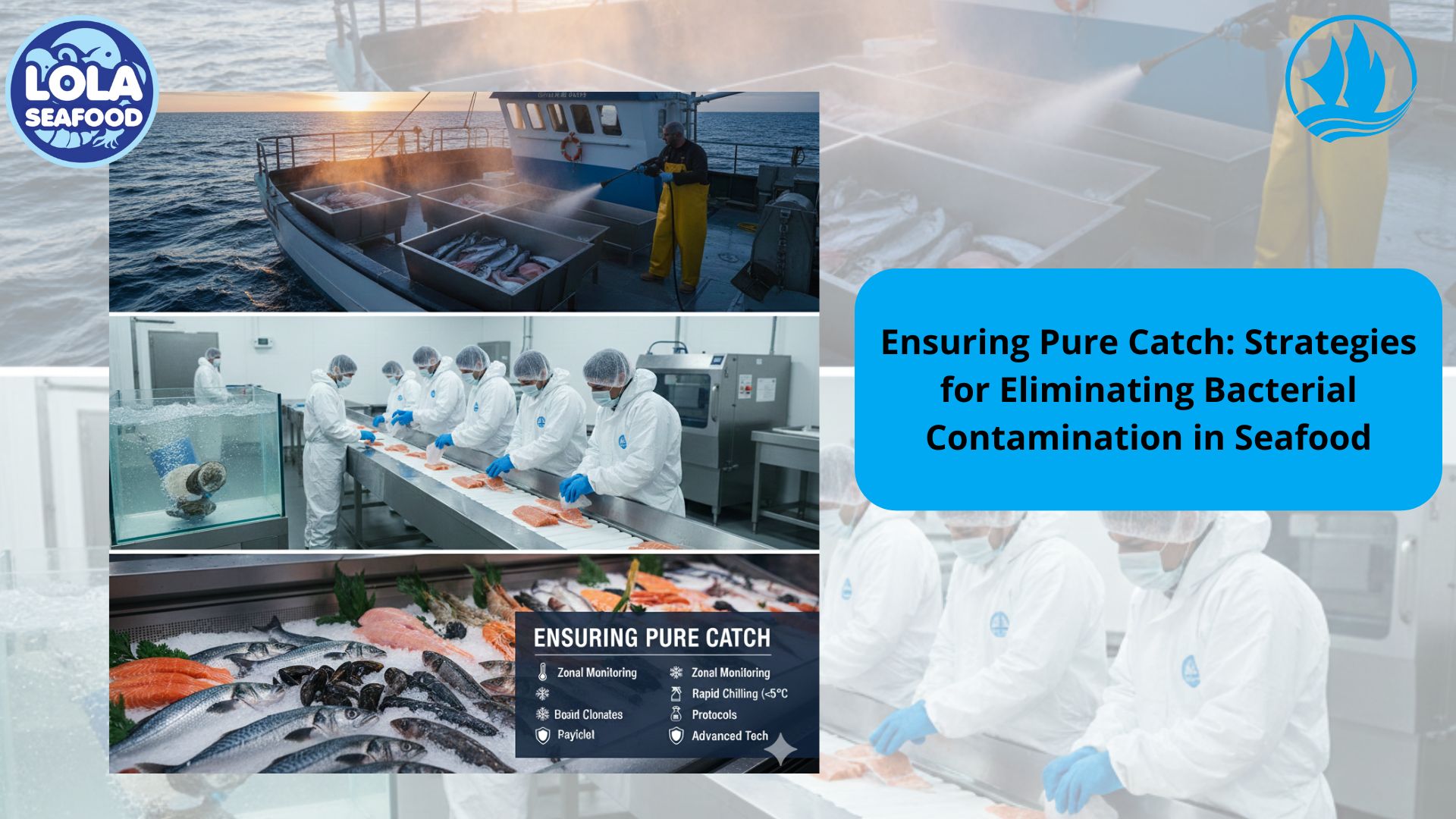
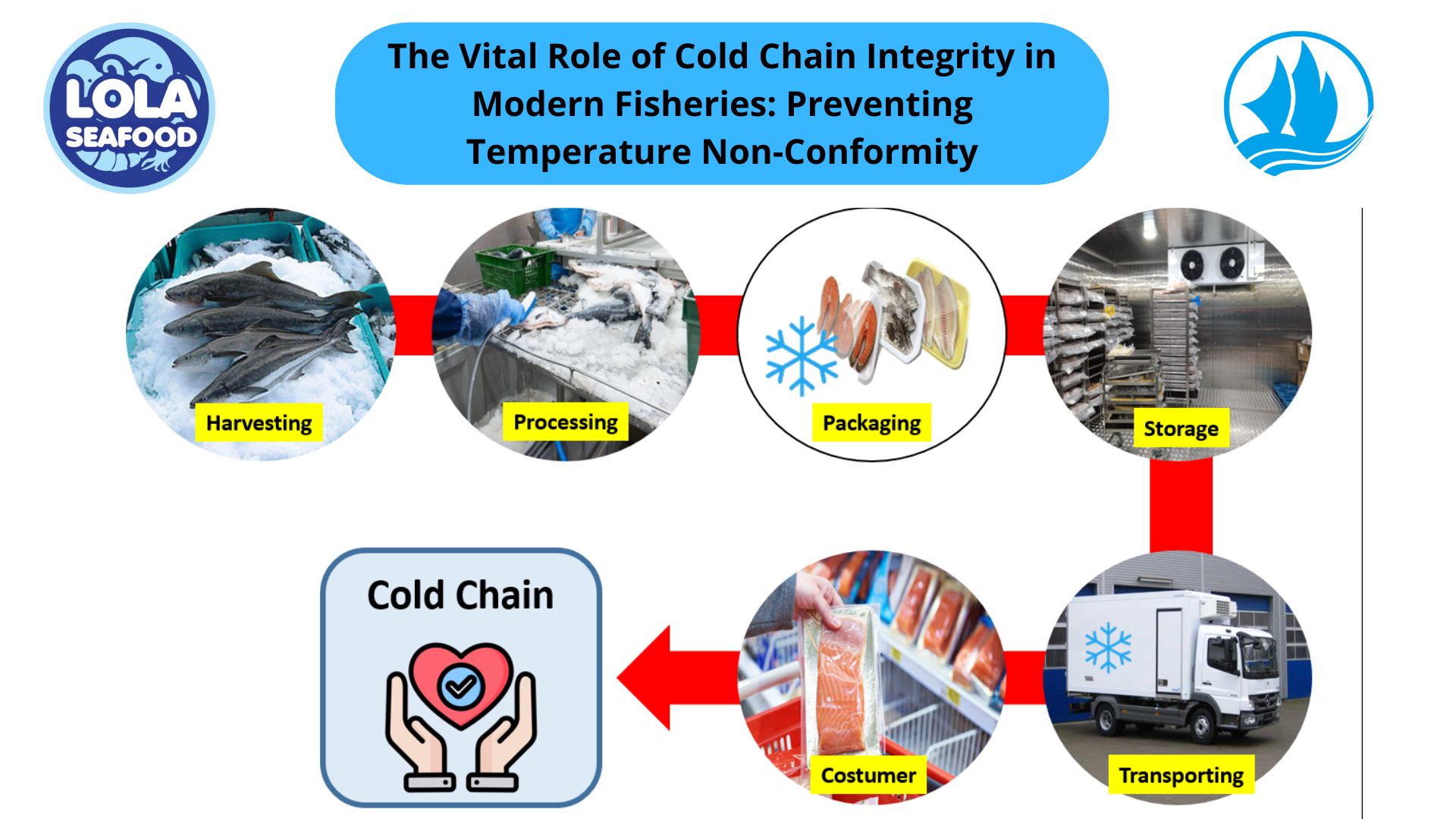
.jpg)
